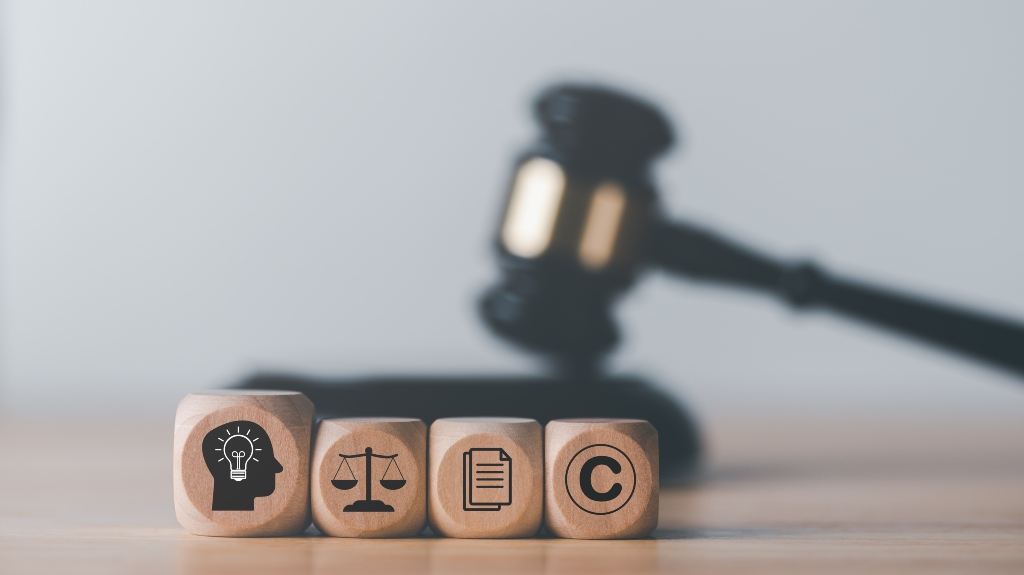
Innovation and intellectual property are constantly advancing. Patents allow creators to protect these innovative ideas. If you have a business or enterprise that needs to know more about a specific product or service, you will want to know how to read a patent. At first glance, all this information may seem like a confusing set of words and numbers. However, they hold the key to learning more about an invention.
Whether you’re considering filing a patent application, investing in a patent-holding business, or facing patent infringement disputes, understanding how to read a patent is vital. Here are a few ways to demystify the process.
Sections of a Patent
Most patents have four distinct sections: the front page, drawings, specifications, and claims. To understand a particular patent, you need to become familiar with these parts.
The Front Page
All patents will have a front page. This section lists all of the contact and identifying information for the invention. The patent number is unique to each document. You can use that number to look up a specific patent in the United States Patent and Trademark Office database. The identification information will include:
- The patent number
- The title
- The inventor names and assignees
- The filing and issue dates
Once you have found that information, you will want to read the abstract. This detailed outline gives a brief summary of the invention. With a quick glance, you get an overview of the patent.
In the reference cited section, there is a list of prior patents and publications that are relevant to the invention. These can offer additional insights and show the development of the invention based on others’ previous work.
Along with that, you will find a representative invention drawing on the front page.
Drawings
Drawings in patents help to illustrate the invention and its various components. They can provide a visual representation of the invention, which can be especially helpful for more complex designs that may be difficult to explain in words. Most patent drawings include callouts and labels that describe specific features of the invention.
Specifications
Within this space, the written content explains the problem the invention will solve. In some patents, the background of the invention outlines how this innovation will improve existing solutions on the market.
After that, there is a thorough description of the patent. This section also details the main components of the patent and how they work together. While you may have already read a short outline of the invention, this part gives a more thorough explanation of the patent.
You will also find examples and diagrams related to the patent. Out of all the sections, this is the most technical part of the document.
Patent Claims
One of the important parts of the patent is the claims section. In short, this section defines the scope of the invention. Along with that, these details explain what is protected by the patent. Each claim will contain a single sentence detailing the specific aspects of the invention.
Learn More About How to Read a Patent With BOAG LAW
Mastering the art of reading patents may seem complex at first. However, with practice, it becomes a simple process. The key is to understand the general significance of the invention without getting overwhelmed by every detail.
If you would like to learn more about reading patents or have an IP-related question, schedule an appointment with BOAG LAW. Contact us online or call 212-203-6651 for a consultation.